With a reign of over four centuries, the Han dynasty was the longest reigning imperial dynasty of China. It was preceded by the Qin dynasty (221–207 BC) and succeeded by the Three Kingdoms period (220–280 AD). Han dynasty’s long period of stability and prosperity consolidated the foundation of China as a unified state. Lasting from 202 BC to 220 AD, the Han period is regarded as a golden age in Chinese history. Apart from being an age of economic prosperity, art and culture advanced to unprecedented heights. It was also one of the most prolific eras of science and technology in ancient China. Such is the impact of Han dynasty that, to this day, China’s majority ethnic group refers to itself as the “Han people”. Here are the 10 major achievements of the Han dynasty including the inventions and innovations during their reign as well as its contribution to Chinese culture, science, technology, agriculture, mathematics and literature.
#1 It WAS THE LONGEST REIGNING IMPERIAL DYNASTY OF CHINA
Zhou dynasty (1046 BC – 256 BC) lasted longer than any other dynasty in Chinese history. However from the unification of China by Qin Shi Huang of the Qin dynasty till the end of dynastic rule in China, Han dynasty reigned over China for the longest period. It ruled for a period of more than 400 years from 202 BC to 220 AD with a brief interruption by the Xin dynasty (9 – 23 AD). The period before the Xin interruption is known as Western Han or Former Han (206 BC – 9 AD) while the period after the Xin interruption is known as Eastern Han or Latter Han (25 – 220 AD). The Han era was defined by significant population growth; increased urbanization; and unprecedented growth of industry and trade. The imperial capitals of both Western Han (Chang’an) and Eastern Han (Luoyang) were among the largest cities in the world at the time, in both population and area.

#2 FIRST KNOWN PAPER-MAKING PROCESS WAS INVENTED
The earliest known piece of paper was unearthed at Fangmatan in China’s Gansu province. It dates to 179 to 41 BCE during the early Western Han dynasty. Around 105 AD, during the Eastern Han Dynasty, a eunuch of the Imperial Court named Cai Lun invented the standard paper-making process. He took bamboo fibers and the inner bark of a mulberry tree; added water to these and pounded them using a wooden tool; drained out the water; and dried it to produce a material that was not only a good writing surface but also lightweight. Cai Lun also used other materials for his paper making, such as remnants or hemp, tree barks, fishnets and linen rags. The invention of refined paper greatly helped in spreading literature and literacy in China. Paper-making is regarded as one of the four great inventions of China, along with compass, gunpowder and printing.
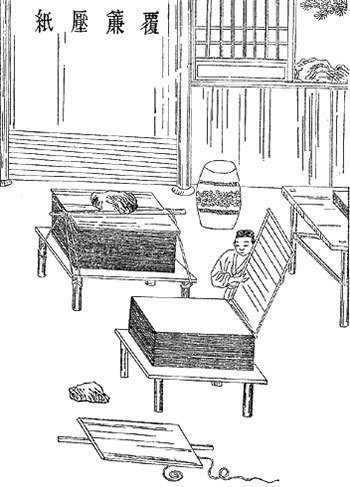
#3 THE FAMOUS SILK ROAD WAS ESTABLISHED
Diplomat Zhang Qian, who served Emperor Wu of the Han Dynasty, traveled and brought back information about surrounding civilizations. Thus the Han dynasty was able to establish embassies in several countries. These connections led to the establishment of the Silk Road trade network, that refers to both the terrestrial and the maritime routes connecting Asia with the Middle East and southern Europe. Deriving its name from Chinese silk, which was the major trade item, the Silk Road was instrumental in the development of civilizations of China, India, Persia, Europe and Arabia through economic and political interactions between them. In addition to economic trade, it was also central to cultural interaction between the East and the West for centuries. Apart from silk and other commodities, religions, philosophies, scientific knowledge and technologies were exchanged though the Silk Road. On 22th June 2014, the UNESCO named the Silk Road as a World Heritage Site.
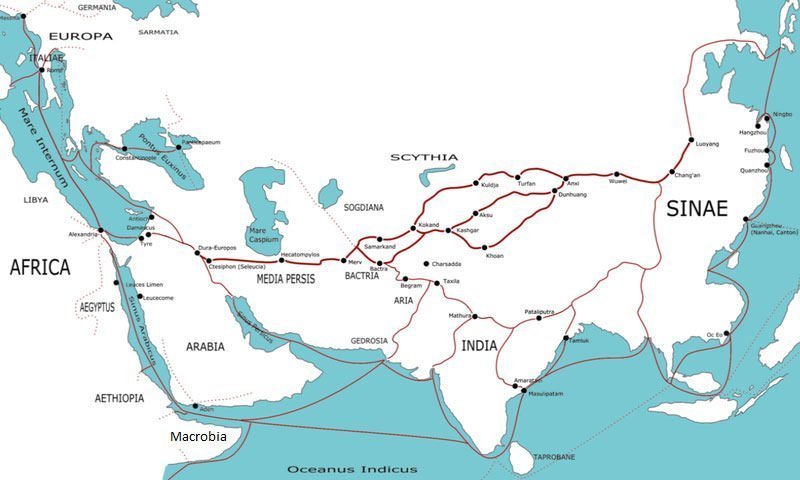
#4 FIRST EVER MENTION OF NEGATIVE NUMBERS IN HISTORY IS FROM HAN DYNASTY CHINA
Jiuzhang Suansho, known in English as The Nine Chapters on the Mathematical Art, is the most influential mathematical work of ancient China. Its earliest version dates from the period of the Han Dynasty and it is thought to have been compiled during the reign of Qin and Han dynasties. The Nine Chapters consists of 246 problems intended to provide methods to solve everyday problems of engineering, surveying, trade and taxation. Among other things, the book contains the first known mention in China of square roots, cube roots, magic squares and Pythagorean Theorem. The Nine Chapters also consists the first use of negative numbers in world history. Apart from this, Han mathematicians improved Chinese approximations of the value pi; they knew that area of a square versus area of its inscribed circle had an approximate ratio of 4:3; and they also understood that ratio of volume of a cube and volume of its inscribed sphere was 42:32.
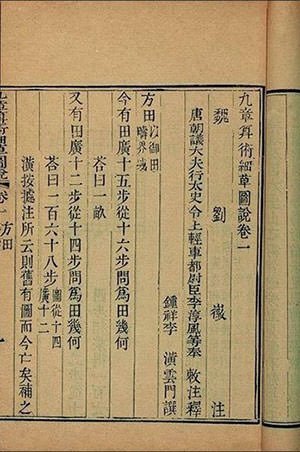
#5 WORLD’S FIRST SEISMOSCOPE WAS INVENTED
Zhang Heng (78 AD – 139 AD) was a famous statesman, astronomer and inventor who lived during the Han dynasty. He invented the world’s first water-powered armillary sphere to assist astronomical observation. An armillary sphere is a model of the celestial globe constructed from rings and hoops representing the equator, the tropics and other celestial circles, and able to revolve on its axis. In 132 AD, Zhang Heng invented the world’s first seismoscope, an instrument for registering earthquakes. It could detect the precise cardinal direction of a distant earthquake. On one occasion, it is said to have indicated that an earthquake had occurred 500 km in the northwest. Zhang Heng is also credited for independently inventing the odometer, an instrument used for measuring the distance traveled by a vehicle.
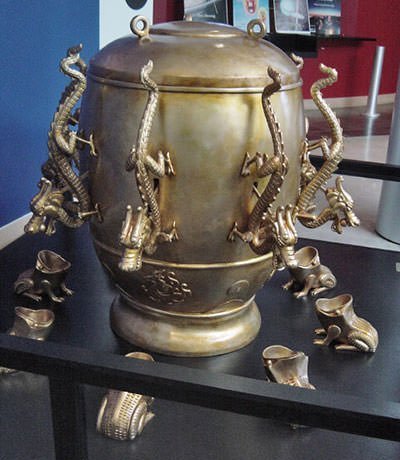
#6 THE INFLUENTIAL IMPERIAL EXAMINATION WAS ESTABLISHED
The imperial examination was a civil service examination system in Imperial China to select candidates for the state bureaucracy. The system, which improved over the years, ultimately ensured that the government officials who served in the imperial court were learned and intelligent men, rather than just political supporters of the current emperor, or relatives of previous officials. This enhanced meritocracy and provided equal opportunity to people. The national academy and imperial examination came into existence on the recommendation of Gongsun Hong, a Chinese statesman under Emperor Wu of the Western Han dynasty. Their establishment set a precedent that would last into the 20th century. Though the imperial examination were started during the Han dynasty, it was not until the Song Dynasty (960 – 1279) that it became the only means for drafting officials into the government.
#7 THE FAMOUS WORK SHIJI WAS COMPILED
The Records of the Grand Historian, also known by its Chinese name Shiji, is the most famous Han literary work and it has been called a “foundational text in Chinese civilization”. A monumental history of ancient China and the world, it was completed around 94 BC by Sima Qian, after having been started by his father, Sima Tan. The Shiji took 18 years to get completed. It deals with major events and personalities of about 2,000 years comprising 130 chapters and totaling more than 520,000 words. It was the first general history of its kind attempted in China; and its primary writer, the Han dynasty official Sima Qian, is regarded as China’s first historian and the father of Chinese historiography. The Records was a hugely influential text and it had an impact for centuries afterwards on history-writing not only in China but also in Korea, Japan and Vietnam.
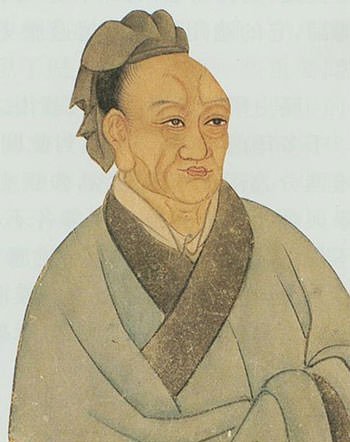
#8 THEre was UNPRECEDENTED DEVELOPMENT In ART
The reign of the Han Dynasty saw major developments in art especially in the fields of jade carving, pottery, silk weaving, painting and calligraphy. In the case of both fine art and decorative art, a major stimulus was the revival of tomb art. Han tombs contained artifacts like miniature items of ceramic and terracotta sculpture. The brick walls that lined underground tombs were decorated with mural paintings and a range of carved relief sculpture. Perhaps the most remarkable jade art of the Han Dynasty were jade burial suits, which were made to bury royal members in order to protect them against evil spirits in the afterlife. During the Han era, bronze sculpture reached new heights of complexity and sophistication; and earliest examples of Chinese porcelain is believed to have been produced. Also, invention of paper established painting and calligraphy as the most important areas of art in China for the next two millennia.
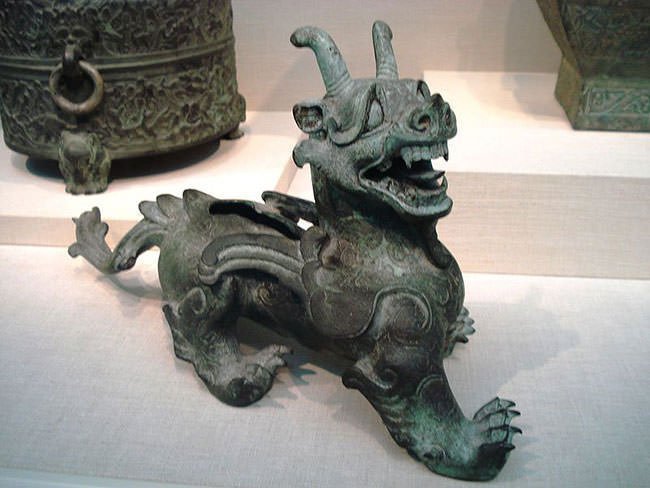
#9 THERE WERE MAJOR INNOVATIONS IN SHIP DESIGN AND MAP MAKING
Several improvements to ship designs were made during the Han period. The invention of the rudder provided more control in steering ships. The junk design, created by the 1st century, was China’s first seaworthy sailing ship. These innovations enabled the Chinese to venture out of calmer waters of interior lakes and rivers and into the open sea. Also, there were major improvements in map making. The Han people developed maps that utilized grids, a method still used today to better pinpoint locations. They also developed the raised relief map. The invention of the grid reference for maps and of the 3 dimensional raised relief maps enabled better understanding of the terrain leading to better navigation.
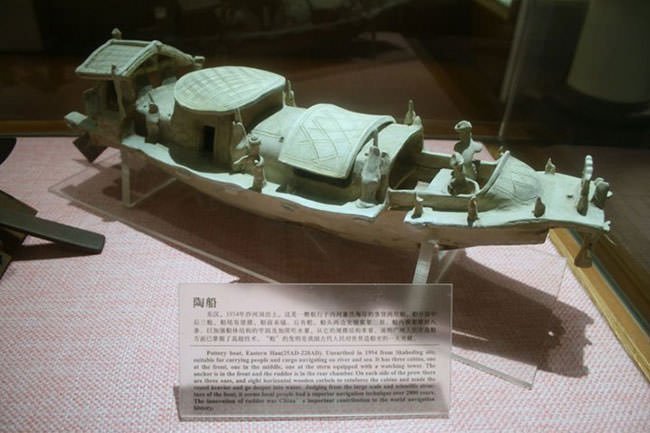
#10 THERE WERE GREAT INNOVATIONS IN METALLURGY AND AGRICULTURE
Han Chinese metallurgists discovered a new process to fine molten pig iron, stirring it in the open air until it lost its carbon and became wrought iron. Also, they knew that wrought iron and high quality cast iron could be melted together to yield steel. These innovations in metallurgy resulted in widespread distribution of iron tools, which facilitated the growth of agriculture. The plough, in particular, was greatly improved with two blades instead of one. It was also more easily directed with the addition of two handles. The invention of the wheelbarrow, a small hand-propelled vehicle designed to distribute the weight of its load, greatly aided the farmers in shifting loads. Irrigation was greatly improved by mechanized pumps. Also, crop management became more sophisticated with greater focus on the timing of planting; and sowing of alternate crops in successive rows to maximize yields.


Wow! From the invention of paper to the discovery of negative numbers to the establishment of an imperial examination system, many Chinese living under the rule of the Han Dynasty were very accomplished.